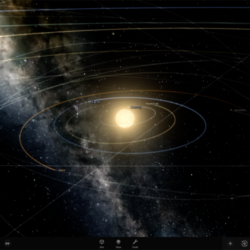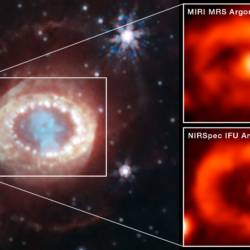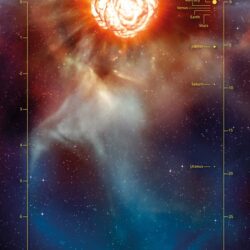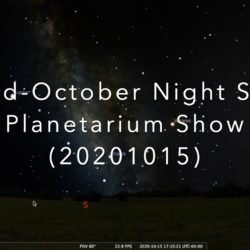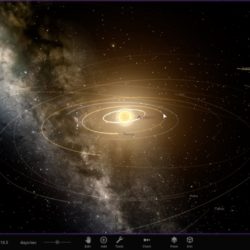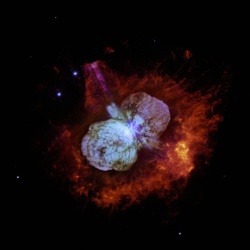The Ten Brightest Stars (and where they are), with videos – 6, Capella
Time-lapse video of Capella rising at 11:00 PM EDT through 1:45 AM EDT Capella is the 3rd brightest star in the Northern Hemisphere. What would happen if we replaced the sun with it? We explore that question in our full-featured video below. This isn’t just some hypothetical exercise; it helps us better understand[…]

